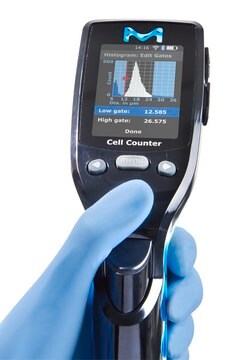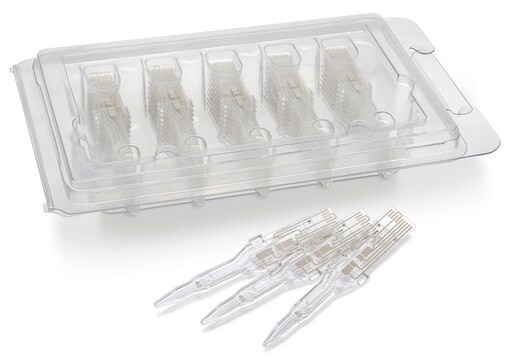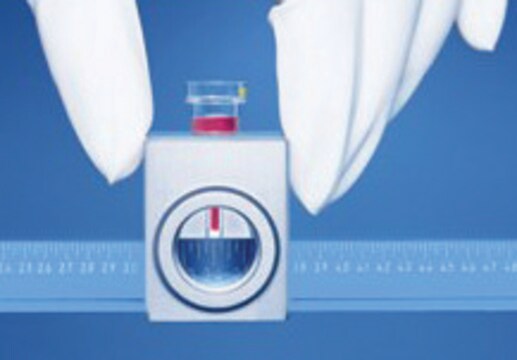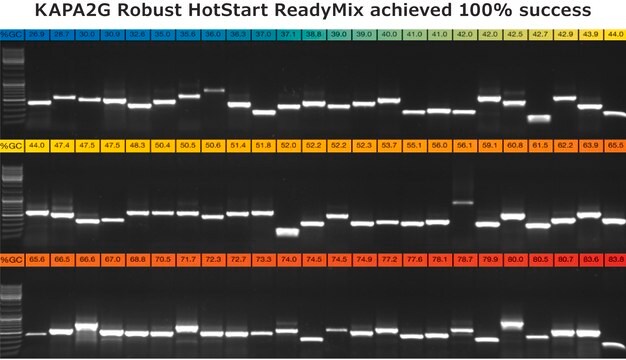PHCC20040
Scepter 2.0 Handheld Automated Cell Counter
Rapid cell counts in a handheld easy to use format, includes pkg of 40 μm Scepter Cell Counter Sensors
About This Item
Polecane produkty
producent / nazwa handlowa
Scepter
metody
cell counting: suitable
wielkość cząstki
3-18 μm
kompatybilność
for use with cells sized 4-12 μm
Warunki transportu
ambient
Opis ogólny
The Scepter cell counter’s screen displays:
Cell concentration
Average cell size
Average cell volume
Histogram of size or volume distribution
This system is intended for research use only and has been tested with cell types representative of those in use today.
FREE PACK OF 40μM Sensors included.
Zastosowanie
Cell Culture
Komponenty
1 Test Bead Vial
1 USB Cable
1 Downloadable Software
2 O-rings
50 Sensors (40µM)
Certyfikaty analizy (CoA)
Poszukaj Certyfikaty analizy (CoA), wpisując numer partii/serii produktów. Numery serii i partii można znaleźć na etykiecie produktu po słowach „seria” lub „partia”.
Masz już ten produkt?
Dokumenty związane z niedawno zakupionymi produktami zostały zamieszczone w Bibliotece dokumentów.
Klienci oglądali również te produkty
Produkty
How do you assess the state of your cell culture? We’ve got some best practices to share.
Assessing size distributions of cellular populations with the Scepter™ cell counter provides a quick, simple method for tracking T-cell differentiation.
Using the 40 µm aperture sensor, the Scepter cell counter can accurately and precisely count a broad range of cell types, including small cells such as PBMC and red blood cells.
The Scepter handheld, automated cell counter provides a rapid, reliable alternative to traditional SCC analysis in dairy milk.
Protokoły
The Scepter™ cell counter uses the Coulter principle of impedance-based particle detection to reliably and accurately count every cell in your sample.
The Scepter used in an application to count yeast cells.
Nasz zespół naukowców ma doświadczenie we wszystkich obszarach badań, w tym w naukach przyrodniczych, materiałoznawstwie, syntezie chemicznej, chromatografii, analityce i wielu innych dziedzinach.
Skontaktuj się z zespołem ds. pomocy technicznej



